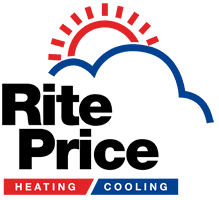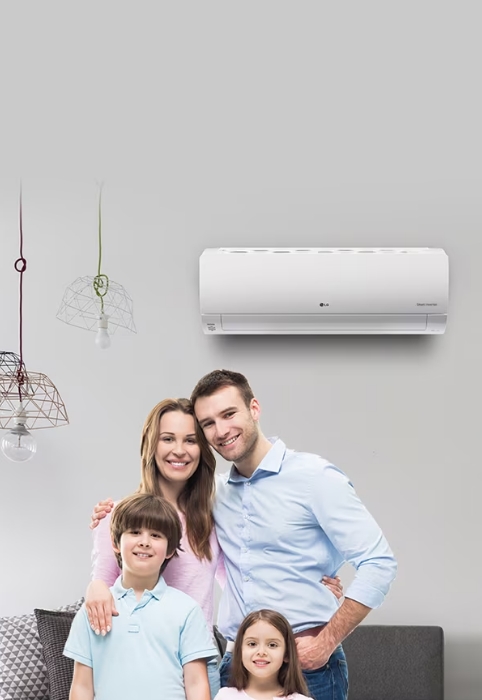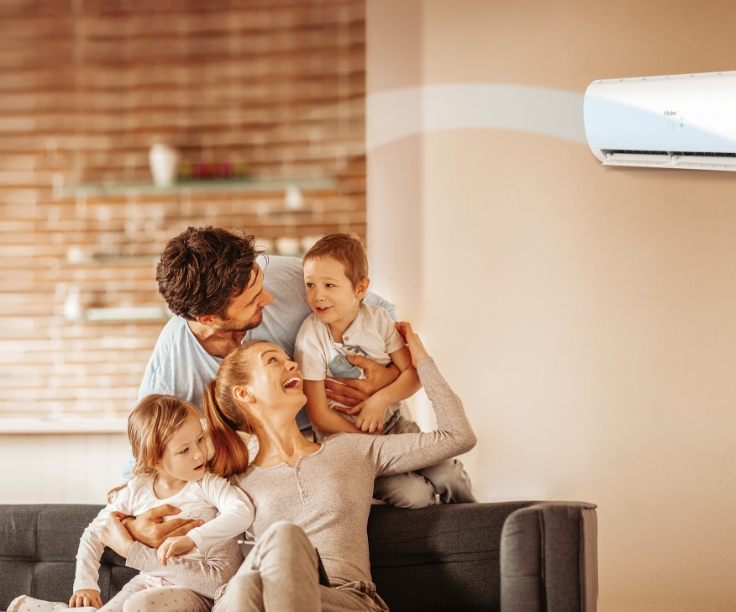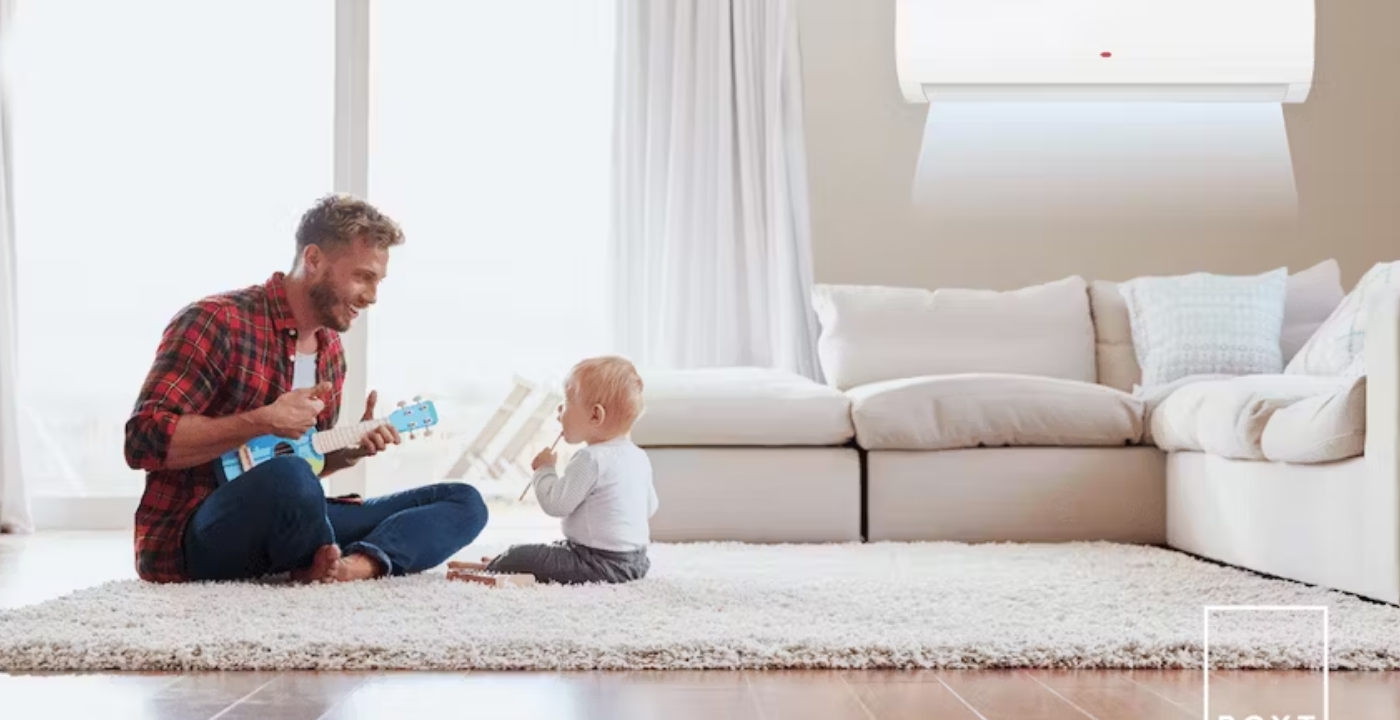How An Evaporative Cooling Unit Can Bump Up the Value of Your Home
Discover the Benefits of Evaporative Cooling for Your Home
Evaporative cooling units provide a popular alternative to traditional air conditioning in homes and offices across dry climates.
These systems go by many names, including swamp coolers, desert coolers, and wet air coolers.
They work best in dry climates by adding moisture to the air, improving indoor comfort.
Learn more about options and benefits by visiting our evaporative cooling page today.
How Does an Evaporative Cooling Unit Work, and How Does It Differ from Air Conditioning?
Air conditioners use electricity to run compressors and circulate refrigerants for cooling.
Evaporative coolers use water, not refrigerants, to create a cooling effect.
Evaporative cooling mimics perspiration—heat escapes as water evaporates, lowering the air temperature.
The process works because water absorbs heat to convert into vapour.
This leaves remaining water cooler, resulting in cooled air distribution.
Modern evaporative systems require far less energy—typically just 1kW compared to 3–5kW for refrigerant-based units.
These units often include thermostatic control and automated flushers to eliminate contaminated reservoir water.
This improves hygiene and extends unit lifespan.
Two Types of Evaporative Cooling Units
Evaporative units fall into three types: window or wall-mounted, portable, and ducted systems.
For whole-home cooling, choose a ducted system—either direct or indirect evaporative.
Indirect coolers circulate air through a water-cooled heat exchanger, then push it through your duct system.
However, indirect systems add no humidity, making them less effective in dry climates.
Direct systems draw outside air through water-soaked pads using a fan.
Water pumps deliver moisture through tubes to keep the pads wet.
The unit draws water from a reservoir, with levels managed by a float valve.
Two-stage evaporative units combine both direct and indirect cooling methods for maximum comfort and efficiency.
First, indirect cooling reduces temperature, then direct cooling adds humidity for enhanced comfort.
What Is the Best Unit for Your Home in Terms of Style, Saving Energy, and Security?
For most homes, wall or portable units are less effective than professionally installed outdoor evaporative systems.
Larger homes require higher air output, measured in cubic feet per minute (CFM).
Higher CFM units often feature concealed casings for a sleek, property-enhancing appearance.
To work properly, evaporative systems require proper air exhaust flow.
Historically, users opened windows, but modern systems vent air via ceiling-mounted ducts.
These ducts direct warm air into the attic, which must be properly ventilated to prevent moisture buildup.
This setup preserves indoor air quality and overall system efficiency.
It also enhances home security by eliminating the need to leave windows open.
Ideally, select an evaporative unit that balances function, efficiency, style, and long-term durability.
With so many options available, finding the right model doesn’t need to be difficult.
Your HVAC professional can help identify the best-performing and most visually appealing solution for your home.
Don’t hesitate to ask questions—choose confidently and get it right the first time.








